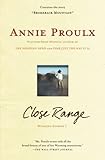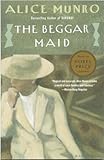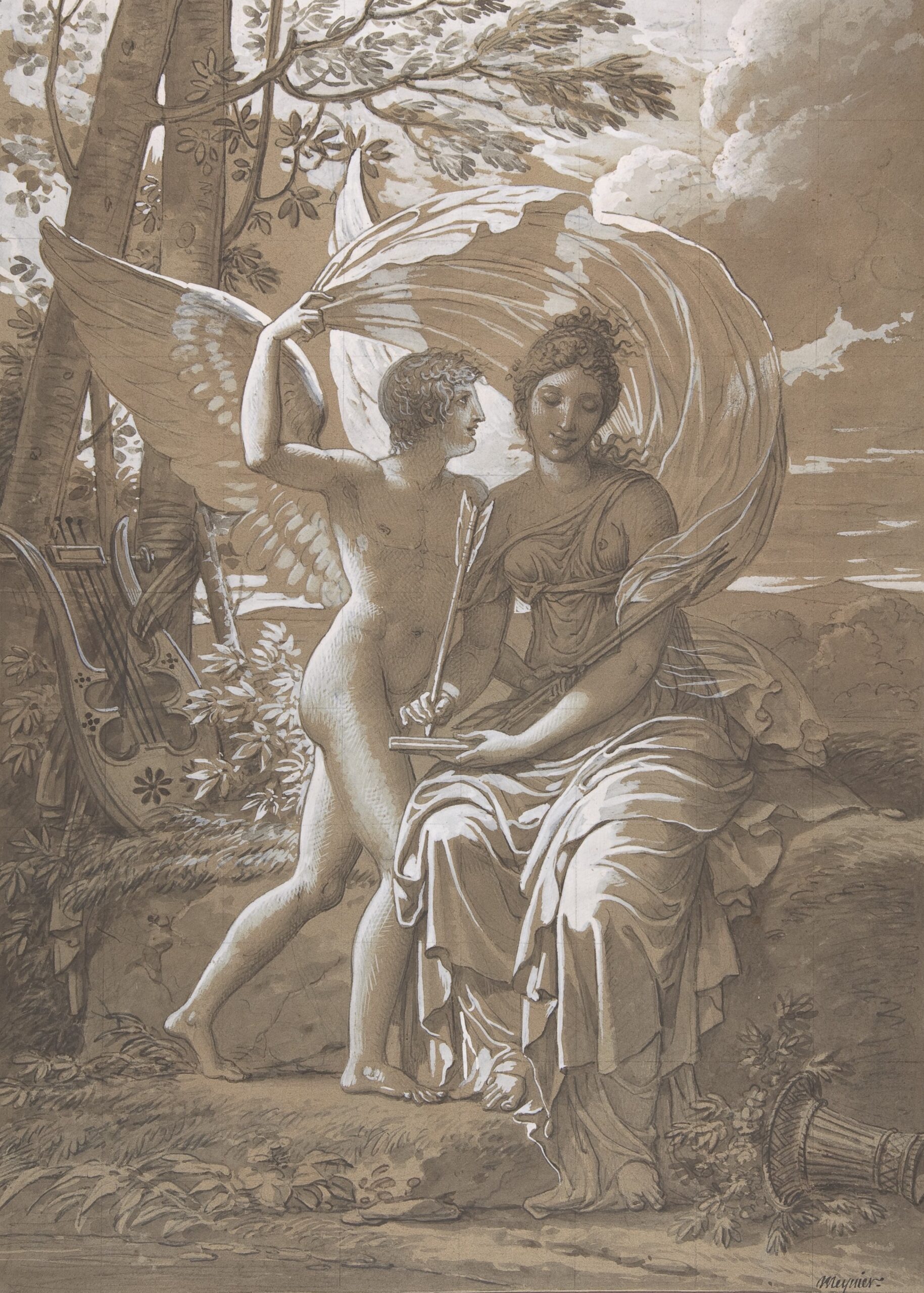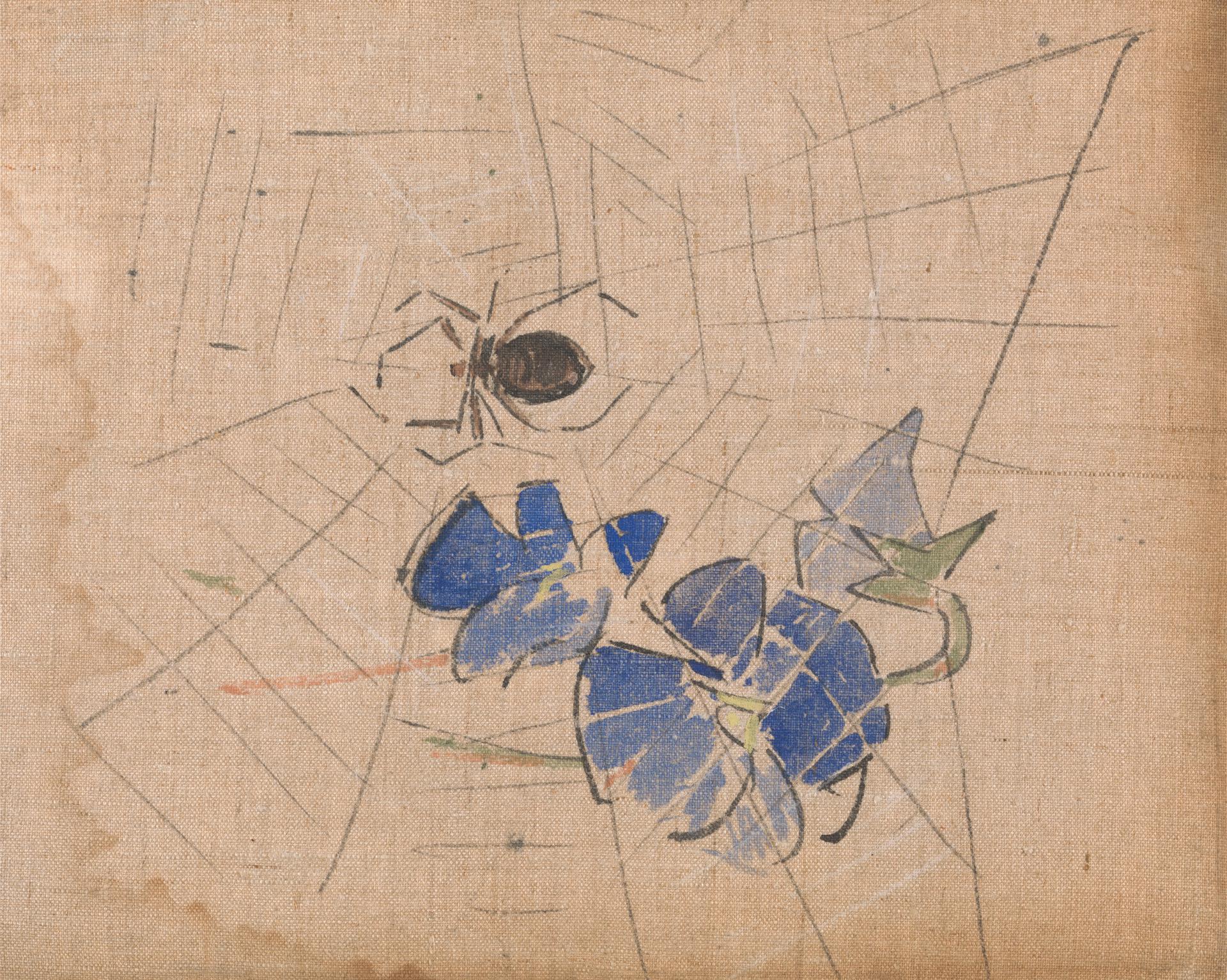
1.
I’m just not a short-story writer, a few fiction writers have said to me recently, young authors who’ve written one or two novels. I’m struck by the statement, because I wonder often about this – the difference between long form and short form, process-wise – and have been tempted to make the declaration (to myself, at least) as well. At this point, I empathize with the statement, but am not quite ready to go there.
I wrote short stories earlier in my writing life because, well, that’s what They told us to do. And They were right. You do need to work on several stories, soup to nuts, to hone craft and process, narrative structure, revision skills; to experiment with voice, point-of-view, subject matter. Of course you can practice and develop all these by writing a novel; but it will take you much much longer. Consider how many story drafts get partially or completely tossed into the literal and/or virtual garbage as you figure out what you are really writing about; how many novels do you want to write and trash as part of your learning process before your stamina gives way to defeat? Practice works best on a manageable scale.
But I never felt like I hit my stride with short stories. I published several, and even won some awards, but of all the stories I’ve written, I’m probably proud of one, maybe two of them. One story, which won a fairly prestigious award, was so bad in my opinion, that I completely destroyed it – hard copy and digital. (I recently contacted the publication that sponsored the award, and they too have no record of it; poof! – I am not a short-story writer.)
 When I happened upon the novel that would become Long for This World, it was liberating and exhilarating. All that room, the freedom to move among settings, cultures, time periods, points of view. The license to spend three or four years working on something, keeping notebooks full of ideas and sketches and scenes, filtering anything and everything through the lens of The Novel I’m Working On; indulging my mind and imagination in layers of world and character and idea. This is my medium, I started to think; this is how I experience life – big and messy – what existence means to me. I am a kitchen-sink writer: throw it all in, everything you care about in one, interconnected world, glorious heterogeneity; then shape something out of it.
When I happened upon the novel that would become Long for This World, it was liberating and exhilarating. All that room, the freedom to move among settings, cultures, time periods, points of view. The license to spend three or four years working on something, keeping notebooks full of ideas and sketches and scenes, filtering anything and everything through the lens of The Novel I’m Working On; indulging my mind and imagination in layers of world and character and idea. This is my medium, I started to think; this is how I experience life – big and messy – what existence means to me. I am a kitchen-sink writer: throw it all in, everything you care about in one, interconnected world, glorious heterogeneity; then shape something out of it.
But look: I’ve written one novel (and a second monster of a novel draft), and I’m not even 40 yet. Is it really time to decide what kind of writer I am? Developing as a writer is indeed so much about knowing thyself; about riding the tailwinds of your strengths, not spinning your wheels trying to be a different kind of writer than what you are. David Means said recently in a New Yorker podcast, referring to Raymond Carver, “Style is a maneuver around what you can’t do […] around things you can’t deal with.” Barry Hannah said, “Be master of such as you have.”
On the other hand, the sculptor Henry Moore said that contentment is having an impossible goal, the absorbedness (Donald Hall’s word) of pursuing it. To me, the short story is this miraculously compressed form, elegant and complex, small in shape but large and deep in meaning; it has the capacity for perfection in a way that the novel does not. Many writers work their way “up” to writing a novel; perhaps my artistic trajectory will be to work my way “down” to writing gorgeous, perfect short stories. Who knows? I look forward to finding out.
2.
In the meantime, I am lately obsessed with the form we refer to as “linked” stories. Sometimes these are called “story cycles” or “a collection of tales about _____.” As a reader and developing writer, I cannot get enough of this form: compression and vast heterogeneity in one! The stories in this sort of collection may vary widely in style, voice, point-of-view, scope. Often they are held together by a single character, or perhaps a place/culture; or both.
The “link” can be strong or weak, explicit or implicit. From where this writer sits – aesthetically, developmentally – the linked collection is a potential new “home” for development of craft. If 20 pages never quite feels like enough; if you and your world /your character have more business to tend to at the end of this particular narrative arc; or if that minor character got cut from a story but is still breathing and pulsing and waiting to go on stage; well then off you go to the next story in the “cycle.” At the same time, you can work within the framework of compression, of small moments, of elegant lines and movement; you can write and sustain a standalone piece that is driven solely by the energy of voice; you can work at mastering the power of simplicity without sacrificing prismatic complexity. Ah, the joy, the absorbedness, of the impossible goal.
3.
Some of my favorite linked collections:
Winesburg, Ohio by Sherwood Anderson – short “tales” of life in the fictional Midwestern town of Winesburg. We get to know many different characters, and all the stories reveal the essential (and ironic) loneliness of living in a place where everybody knows your name. Haunting, romantic, a masterpiece of the achingly grotesque inner lives of human beings.
 Ideas of Heaven by Joan Silber – both form and content are stunning in this National Book Award finalist. The collection is subtitled “A Ring of Stories,” and indeed they are meant to be read in sequence; a minor mention or character in one story becomes the heart of the next (and we start and end with a contemporary character named Alice). In between we traverse centuries and continents, along with the timeless experiences of faith and passion, each story novelistic in scope. Picasso said that a great work of art comes together “just barely,” and there is that delicate, not-quite-taut sense of wholeness in Silber’s work.
Ideas of Heaven by Joan Silber – both form and content are stunning in this National Book Award finalist. The collection is subtitled “A Ring of Stories,” and indeed they are meant to be read in sequence; a minor mention or character in one story becomes the heart of the next (and we start and end with a contemporary character named Alice). In between we traverse centuries and continents, along with the timeless experiences of faith and passion, each story novelistic in scope. Picasso said that a great work of art comes together “just barely,” and there is that delicate, not-quite-taut sense of wholeness in Silber’s work.
 Close Range: Wyoming Stories by Annie Proulx – Proulx’s Wyoming is a brutal and unforgiving place, but not one that we can’t all on some level relate to: you may not be a rodeo bull-rider, but you probably know what it is to feel wounded and constrained by your parents’ flaws; you may not be a gay cowboy, but you may know the pain and dangers of hiding (and revealing) your deepest passions in a hostile environment. I particularly love the diversity of form within the collection; stories range from two to 40 pages long, from sharply humorous flash fictions to vast, novelistic canvasses.
Close Range: Wyoming Stories by Annie Proulx – Proulx’s Wyoming is a brutal and unforgiving place, but not one that we can’t all on some level relate to: you may not be a rodeo bull-rider, but you probably know what it is to feel wounded and constrained by your parents’ flaws; you may not be a gay cowboy, but you may know the pain and dangers of hiding (and revealing) your deepest passions in a hostile environment. I particularly love the diversity of form within the collection; stories range from two to 40 pages long, from sharply humorous flash fictions to vast, novelistic canvasses.
 Varieties of Exile by Mavis Gallant – like many devotees of Gallant, I don’t know what took me so long to get to her. Her stories I suppose are difficult, in the sense that the prose is dense, intelligent, original. This is not “summer reading.” The series of five Linnet Muir stories are the ones I’ve enjoyed most and exemplify exactly what I love about linked stories; each story stands alone, but together they sing. I recommend them for anyone who is weary of mopey-smart-girl stories but wants to be inspired by excellent mopey-smart-girl stories.
Varieties of Exile by Mavis Gallant – like many devotees of Gallant, I don’t know what took me so long to get to her. Her stories I suppose are difficult, in the sense that the prose is dense, intelligent, original. This is not “summer reading.” The series of five Linnet Muir stories are the ones I’ve enjoyed most and exemplify exactly what I love about linked stories; each story stands alone, but together they sing. I recommend them for anyone who is weary of mopey-smart-girl stories but wants to be inspired by excellent mopey-smart-girl stories.
Stories by Leonard Michaels — I love the stories about a character named (Phillip) Leibowitz, as both a youth and an adult, including “Murderers,” “City Boy,” “Getting Lucky,” and “Reflections of a Wild Kid.” The character may not be exactly the same character in all the stories, but again that’s the beauty of the form; maybe he is, maybe he isn’t. Michaels didn’t assemble these stories to form a collection, he used the linked form more liberally. Before he died in 2008, Michaels was also working on a series of stories about a mathematician named Nachmann.
Jesus’ Son by Denis Johnson — the nameless through-line narrator of these stories is an excellent study in compelling unlikeability. He sees the world so vividly, and ecstatically; though only when he’s high or experiencing some kind of violence or brutality. The reader lives in that uncomfortable tension throughout, and enjoys it. By the final story, our anti-hero settles down a bit, though (we find ourselves hoping) not too much.
 Fidelity by Wendell Berry – in these five stories, Berry revisits the world of Port William, Kentucky, the territory for all his fiction, and even some of our favorite characters like Andy Catlett, Berry’s presumed fictional persona. Berry’s fiction is both warm and harsh, in the way that perhaps only a farmer-poet-essayist-fictionwriter-activist can be.
Fidelity by Wendell Berry – in these five stories, Berry revisits the world of Port William, Kentucky, the territory for all his fiction, and even some of our favorite characters like Andy Catlett, Berry’s presumed fictional persona. Berry’s fiction is both warm and harsh, in the way that perhaps only a farmer-poet-essayist-fictionwriter-activist can be.
Stories by Anton Chekhov – Chekhov’s stories are not linked, per se, but as I wrote in a previous essay here at The Millions on the good doctor, there is something to be said for reading them in groups, in succession – as if together they make up his Great Novel, his population of characters all really aspects of One Universal Character. To my mind, the stories are linked by Chekhov’s acute vision of humanity – as flabby and flawed, yet earnestly suspended in perpetual longing. As readers, we recognize that longing, its tragedy and vitality.
 Lastly, it’s been many years since I’ve read either of these, but The Beggar Maid by Alice Munro and Dubliners by James Joyce are two widely acclaimed and beloved linked-story collections that are worth mentioning here. John Gardner wrote about the former, which revolves around two characters, Flo and her stepdaughter Rose: “Whether [it] is a collection of stories or a new kind of novel I’m not quite sure, but whatever it is, it’s wonderful.” The latter, of course, is Joyce’s searing portrait of his home city in the early 20th century, captured in 15 stories, one of which, “The Dead,” is considered by some the greatest short story ever written.
Lastly, it’s been many years since I’ve read either of these, but The Beggar Maid by Alice Munro and Dubliners by James Joyce are two widely acclaimed and beloved linked-story collections that are worth mentioning here. John Gardner wrote about the former, which revolves around two characters, Flo and her stepdaughter Rose: “Whether [it] is a collection of stories or a new kind of novel I’m not quite sure, but whatever it is, it’s wonderful.” The latter, of course, is Joyce’s searing portrait of his home city in the early 20th century, captured in 15 stories, one of which, “The Dead,” is considered by some the greatest short story ever written.
4.
Art is long, as they say. Writing well, in any form or genre, is a marathon, not a sprint. Far in the distance, many training miles ahead, I see that perfect gem of a story, those immortal 5,000 words that will leave the hundreds of thousands of others I’ve scribbled and typed, maybe even published, in the dust.
(Image: Chains – rusted from knottyboywayne’s photostream)














